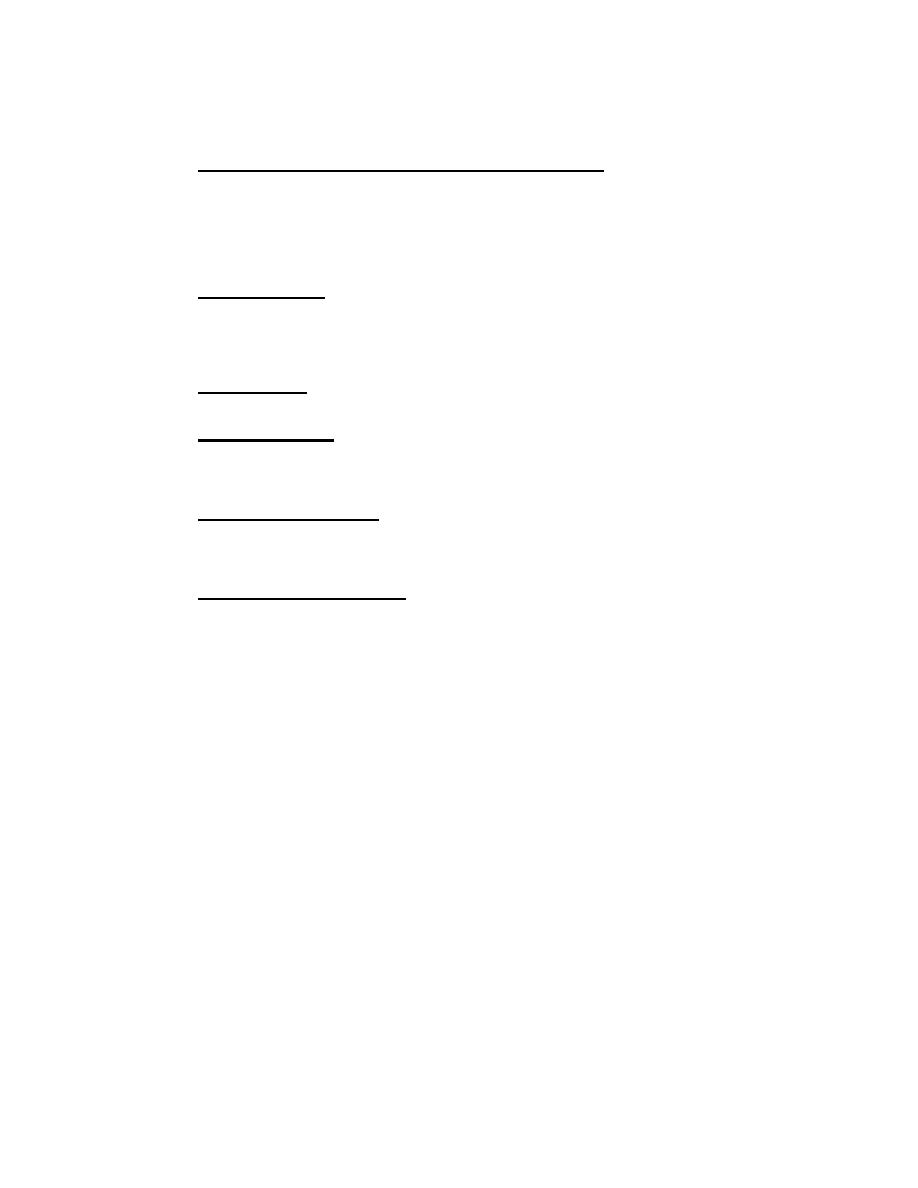

Custom Search
|
|

|
||
 MIL-HDBK-1025/4
4.11.5
Protection Against Impact of Berthing Vessels. Where berthing is
to be provided at a bulkhead, wales should be located on the inboard face of
the piling. If located on the outboard face, exercise special care to assure
protection against damage due to collision. If vessels with protruding
propeller guards or stern planes (such as submarines) are to be berthed
against a bulkhead, they must be fended off by camels or by a projecting cap,
or other means so that the protuberances do not contact the front wall.
4.11.6
Wall Movements. Some wall movement after construction should be
anticipated. Accommodations for these movements should be made. In general,
wall movement is small and occurs shortly after completion of construction.
In the case of a cantilever wall, movements will be progressive and may for
several years (refer to para. 4.2.1).
4.11.7
Scour at Toe. Consider possible removal of material at toe of wall
by propeller swash or scour.
4.11.8
Future Dredging. A bulkhead design is sensitive to increase in the
height of the exposed face. Possible future dredging requirements must be
carefully considered as it is difficult to strengthen a bulkhead once it has
been built.
4.11.9
Drainage of Backfill. Where the tidal range exceeds 4 ft (1.22 m),
provide a blanket of drainage fill behind bulkhead sheeting, 2 in. (0.51 mm)
weep holes for every other sheet, or about 30 in. (9.62 mm) spacing, and
graded filter material behind each weep hole.
4.12
a) Where removal of soft material is contemplated, dredging should
precede the driving of sheet piling.
b) Where existing material behind the bulkhead is to remain in
place, it is advisable to dredge in front of the bulkhead after completion of
the structure. This emphasizes arching in the material behind the wall and
reduces bending stresses. Dredging adjacent to sheet piling after completion
should be done in two or three vertical stages to avoid rapid changes and load
differentials.
c) Fill behind wall in areas of broad extent do that the
concentration of lateral pressure does not cause differential alignment along
the length of the wall.
d) Consider compaction pressure due to the driving of support
piles (relieving platform or track supports) behind the front wall. If
dredging in front of the wall is done after the piles are driven, deflection
of the wall will tend to relieve these pressures. Specify the driving
sequence for such piles in order to avoid a progressive increase of the
wedging effect.
e) Tie rods shall be pretensioned as uniformly as is practicable.
It is emphasized, however, that uniform load in the tie rods is an unlikely
occurrence. The provisions relating to allowable stresses in the anchor
system are intended to provide for this situation. The implications are more
general, however. The anchor system must be able to deform inelastically.
50
|
 |
|
 |
||